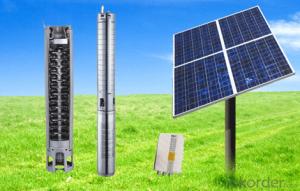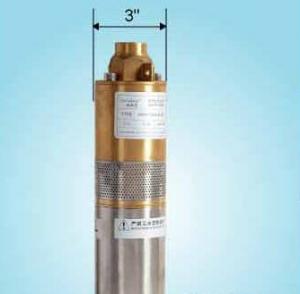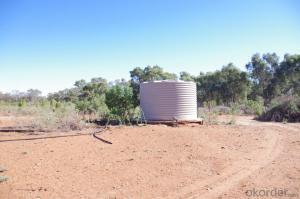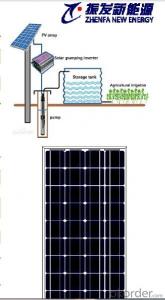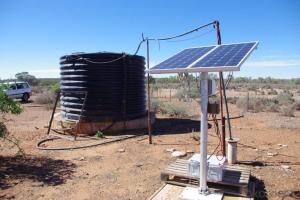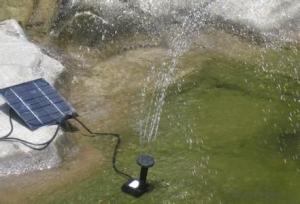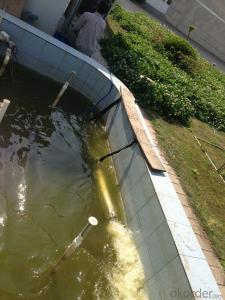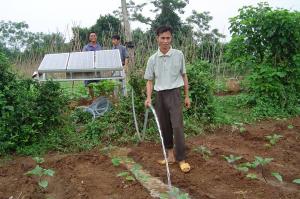Homemade Solar Inverter
Homemade Solar Inverter Related Searches
Best Inverter Solar Panel Solar Panel On Roof Rack Inverter To Solar Panel Ratio Solar Panel Decking Lights Solar Panel Inverter Box 1000 Watt Solar Panel Inverter 12 Volt Solar Panel Inverter Plastic Solar Lanterns Buy Solar Panel Inverter Solar Panel Inverter CostHot Searches
Type Of Inverter For Solar Types Of Inverter For Solar Used Solar Inverter For Sale Inverter Size For Solar System Solar Edge Inverter For Sale 5kw Solar Inverter For Sale Solar Inverter For Sale Solar Inverter For Battery Solar Inverter For Split Ac Solar Inverter For Laptop Solar Inverter For Fridge Solar With Inverter Price Solar Inverter With 2 Battery Solar Inverter Price In China Best Solar Inverter In China Solar Inverter Price In Dubai Solar Inverter Price In Uae Solar Inverter Price In Kenya Solar Inverter Price In Kerala Solar Hot Water Collectors For SaleHomemade Solar Inverter Supplier & Manufacturer from China
Okorder.com is a professional Homemade Solar Inverter supplier & manufacturer, offers integrated one-stop services including real-time quoting and online cargo tracking. We are funded by CNBM Group, a Fortune 500 enterprise and the largest Homemade Solar Inverter firm in China.Hot Products
FAQ
- The size of the solar pump you need for your application depends on various factors such as the water flow rate required, the total dynamic head (TDH) or the vertical distance the water needs to be pumped, the distance of horizontal piping, and the available solar energy in your location. It is recommended to consult with a professional or a solar pump supplier who can assess your specific requirements and provide you with the most appropriate size for your application.
- Yes, a solar pump can be used for water supply in agricultural applications. Solar pumps are an efficient and sustainable solution for providing water in remote locations or areas with limited access to electricity. They harness solar energy to power the pump, eliminating the need for grid electricity or fuel. This makes them cost-effective and environmentally friendly options for irrigation, livestock watering, and other agricultural water supply needs.
- To guarantee the compatibility of a solar pump with your current water infrastructure, there are several important factors to bear in mind: 1. Power Requirements: Verify the power requirements of your existing water infrastructure and compare them to the power output of the solar pump. Make sure that the solar pump can generate enough power to meet the demands of your water system. 2. Size and Capacity of the Pump: Ascertain the size and capacity of your present water system and select a solar pump that can handle the necessary volume. Take into consideration factors like the depth of the water source, the distance the water needs to be pumped, and the desired flow rate. 3. Pumping Method: Understand the pumping method employed in your current water infrastructure and confirm that the solar pump is compatible with it. For instance, if your current system utilizes a submersible pump, you need to opt for a solar submersible pump that can be easily integrated into your setup. 4. Plumbing and Connection: Evaluate the plumbing and connection requirements of your water infrastructure. Ensure that the solar pump possesses the necessary fittings and connections to seamlessly integrate with your existing plumbing system. If needed, consult with a professional plumber to ensure a proper fit. 5. Monitoring and Control: Consider whether you have any monitoring or control systems in place for your current water infrastructure. Some solar pumps come with built-in monitoring and control features, enabling easy integration with your existing setup. Ensure compatibility or explore additional solutions that effectively monitor and control the solar pump. 6. Seek Expert Advice: If you have any doubts about compatibility, consult with a professional who has expertise in solar pumps and water infrastructure. They can examine your setup and provide recommendations on suitable solar pump options that will smoothly integrate with your existing infrastructure. By taking these factors into account and seeking expert guidance when necessary, you can ensure the compatibility of a solar pump with your existing water infrastructure, resulting in an efficient and sustainable water pumping system.
- Yes, solar pumps can be used for water supply in recreational vehicles or boats. They are an efficient and eco-friendly option that can provide a reliable source of water for various needs such as drinking, cooking, and showering while on the move. Solar pumps utilize solar energy to power the pump and can be easily installed on the vehicle or boat, making them ideal for off-grid water supply.
- A solar pump typically handles debris in the water source by using a filtration system. This system is designed to separate and remove any debris or solid particles from the water, preventing them from entering the pump and causing damage.
- Yes, there are certain limitations to using a solar pump. One major limitation is that solar pumps are dependent on sunlight for their operation. This means that they may not be as effective or efficient during cloudy or rainy days, or in areas with limited sunlight. The amount of power generated by the solar panels directly affects the pump's performance, so if there is not enough sunlight, the pump may not be able to function optimally. Another limitation is the initial cost of installing a solar pump system. While solar pumps can save money in the long run by reducing electricity bills, the upfront costs can be significant. The cost includes not only the pump but also the solar panels, batteries, and other necessary components. This may make it less accessible for individuals or communities with limited financial resources. Additionally, solar pumps require adequate space for the installation of solar panels. The panels need to be positioned in a way that maximizes exposure to sunlight, which may require a large open area or a rooftop with unobstructed access to sunlight. In some urban or densely populated areas, finding suitable space for solar panels can be a challenge. Maintenance and repair can also be a limitation. Solar pumps require regular maintenance to ensure their efficient operation. This includes cleaning the solar panels, checking connections, and inspecting other components. If a part malfunctions or breaks, it may be more challenging to find specialized technicians or spare parts compared to conventional pumps. Lastly, the capacity of solar pumps can be limited. They may not be suitable for high-demand applications that require significant water flow or pressure. Larger-scale agricultural or industrial operations may require more powerful pumps that solar energy alone may not be able to provide. Despite these limitations, solar pumps offer numerous advantages such as energy efficiency, environmental friendliness, and long-term cost savings. It is important to carefully assess the specific requirements and limitations of your situation before deciding to use a solar pump.
- Yes, solar pumps are suitable for use in mountainous regions with varying elevations. Since solar pumps are powered by the sun, they do not rely on grid electricity or fuel, making them a practical solution for remote areas. Additionally, the varying elevation in mountainous regions does not affect the functionality of solar pumps as they can be installed at different locations based on the water source and requirements. Overall, solar pumps provide a sustainable and efficient option for pumping water in mountainous regions with varying elevation.
- Yes, a solar pump can be used in areas with high wind conditions. The solar pump operates on solar energy, not wind, so it can function effectively irrespective of the wind conditions in the area. The only requirement for the solar pump is access to sunlight to generate the necessary electricity to power the pump.















